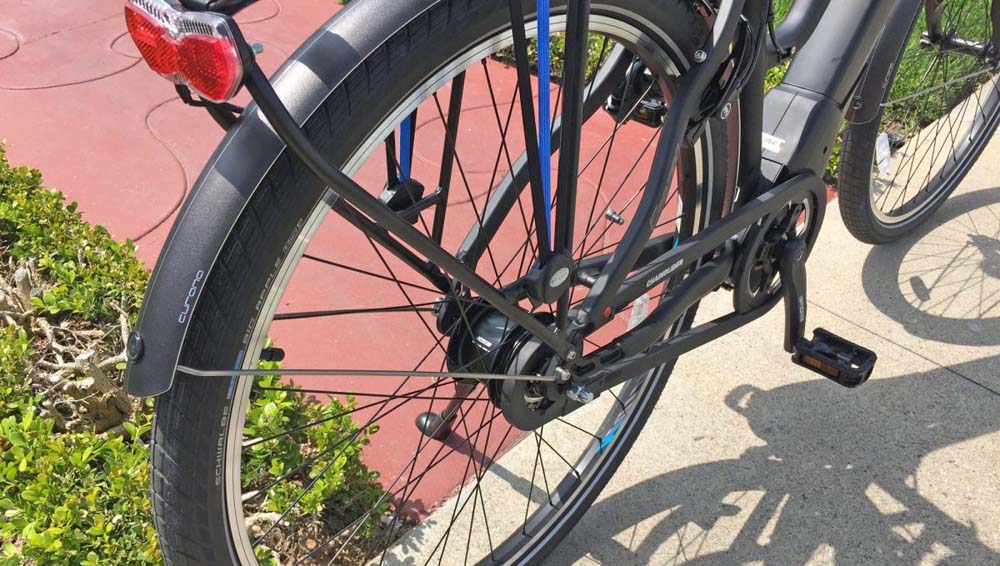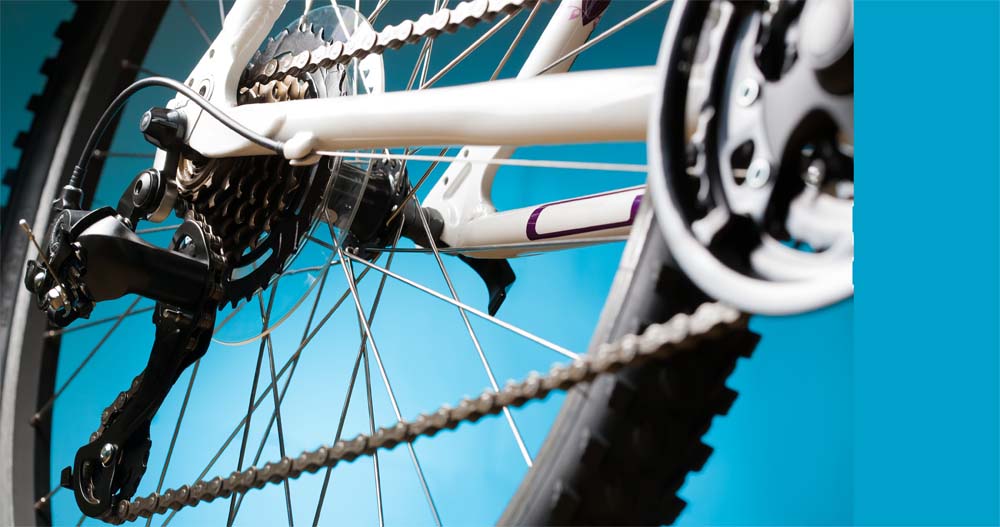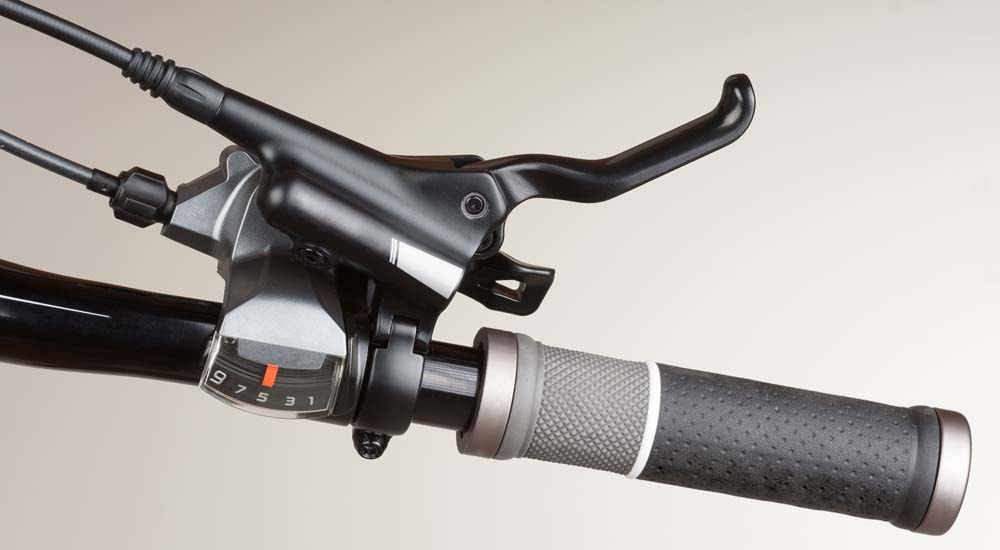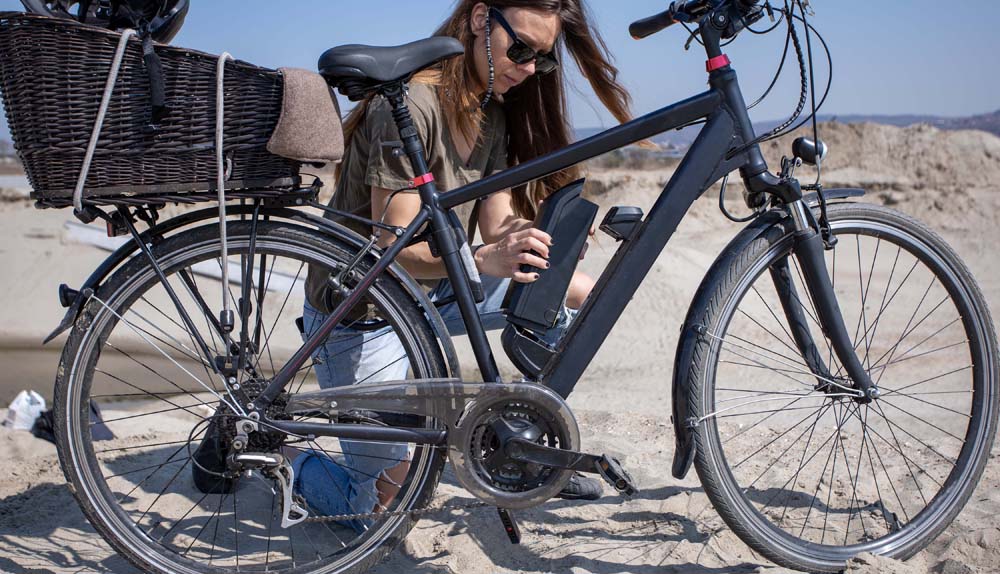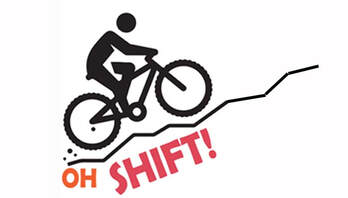 While not all ebikes have gears, most do and if your ebike has them you should know how to use them. By shifting gears we’re talking about the gears in the bicycle drivetrain, not shifting the assist level of the electric motor. On a non-assisted bike if you need to ride up a hill, you would shift the lever or grip on the handlebar to a lower gear in the wheel to take advantage of the bike drive train to spin faster with less effort. But on an ebike, you can just switch to a higher assist level and have the motor power you up the hill. So why do ebikes even have gears if you do not need them for different terrain? When should you use them? Why Use Gears on an Ebike When looking at the specs for an ebike, the spotlight is usually on the power of the motor and battery capacity and little attention is paid to the gearing system. But gears are components to be aware of also, and here are some reasons to have and use them on an ebike:
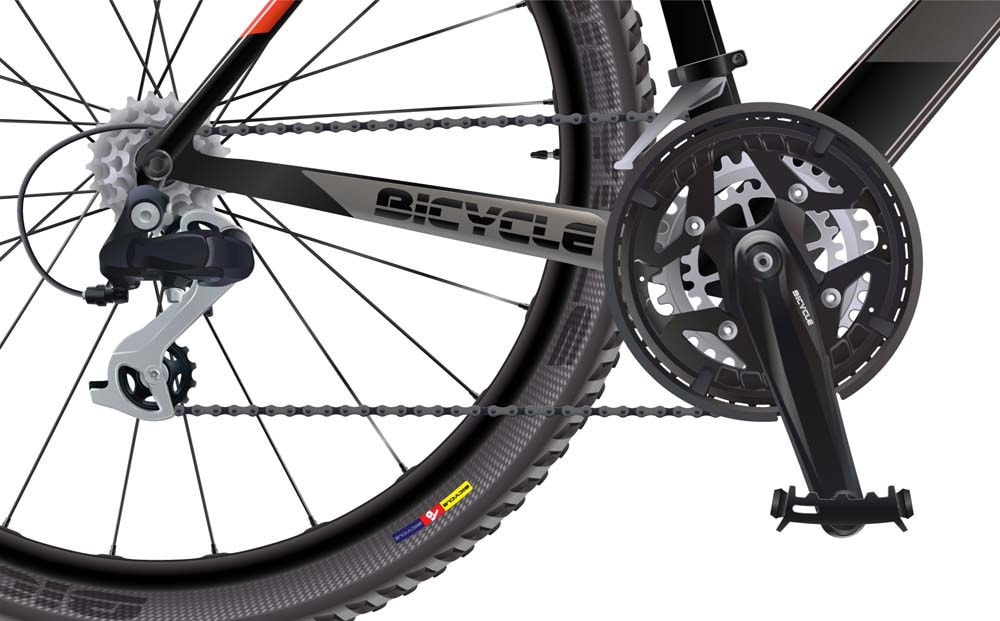 Types of Bike Gears Since ebikes are just regular bikes with the addition of a motor and battery, components that provide gearing on an ebike are similar to those found on non-assisted bikes. The bike drive chain technology has been around for decades and is well understood. One difference between the bike gears on an ebike versus a non-assisted bike is the number of gears—on a modern non-assisted bike there might be two or three gears in the front and 5-12 in the back for a total of 20-30 combinations. Seven or eight gears is sufficient on an ebike due to the availability of the assist from the motor and battery. There are two basic gearing systems and it is helpful to understand which type you have on your ebike because it will affect how you use it.
2. Derailleur gears – These consist of a graduated set of silver colored sprockets or cogs in the back wheel and a derailleur, a component activated by the pull of a cable designed to move the chain across sprockets. The cogs can be either a freewheel, where the bearings are inside the gears themselves or a cassette, where the bearings are in a hub that is part of the wheel. The cable is tensioned via a shifter located on the handlebar. You need to be pedaling in order to switch gears. Some bikes also use a set of sprockets incorporated into the crank/pedals and a front derailleur but these are rare on ebikes. Advantages of derailleur gears are they have been around for decades and components are readily available (if there are no supply chain issues!). Also knowledge on how to maintain them is readily available. Disadvantages are that they are exposed to the elements and prone to getting dirty, out of adjustment, and damaged. These have moving parts that do not perform well when covered with grime so they need cleaning, lubing, and adjustments for optimal performance. How Ebike Gears Work Gears on an ebike work similar to a regular bike. The shifter to adjust the rear wheel gears is on the right side of the handlebar and can be either a grip, trigger, or thumb shifter. The lower you set the gear number, the easier it will be to pedal, such as when you are going up a hill, and the higher the gear number, the harder you will have to pedal, but you will be able to go faster. When to Shift Gears It is acceptable to shift gears when using assistance from the ebike motor. How often you shift gears depends on your riding style--some people find their optimal gear and leave it there for their entire ride, while others are constantly shifting and fine tuning to match changes in terrain or stopping and starting. Shift into a lower gear when coming to a stop. This will help you get going faster again, although with an ebike you have the options of shifting to a higher assist level or even the throttle if you have one for a quick burst of power when you want to roll from a dead stop or get across an intersection quickly. How to be Efficient at Shifting Gears While there are multiple combinations of gears and assist levels, here are some best practices with which you can’t go wrong:
What if Your Ebike Does Not Have Gears Some ebikes are a single speed and do not have gears. The advantage of a single speed ebike is simplicity--there are less bike components resulting in a lower cost and less maintenance. This may be appropriate if you ride on flat terrain, travel short distances, or are on a budget. Without gears you will be using your motor or your legs to handle any changes in terrain or speed. But the invention of the bike drive train 400 years ago has made bicycle gears popular for good reason so most ebikes today have them. Practice Makes Perfect
Learning how to use the fundamental mechanical functions of an ebike like assist levels, brakes, pedals, and gears is worth the time to explore and master. Until you get more confident shifting gears, seek out low traffic roads or trails where you can experiment with different combinations. Don’t be surprised if your gear choices change as you ride more. Eventually shifting will become second nature so you won't need to think twice about it. Anyway you ride, the goal of an ebike is to get outside and have fun where ever you want to go. Comments are closed.
|
Earth Rider Blog about CycingAuthorSharon Kaminecki and others comment on adventures in bicycling and other stories Categories
All
Archives
August 2023
|

